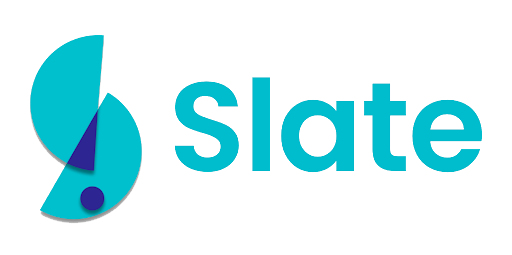In a significant legal ruling, Acacia Research‘s(NPE) subsidiary, Atlas Global, was awarded over $37 million after a jury found TP-Link liable for patent infringement related to wireless technology. This case highlights the critical need for companies to adopt proactive patent management strategies, particularly in the face of Non-Practicing Entities (NPEs) like Acacia. By understanding and anticipating NPE activities, companies can better protect themselves from costly litigation.
The Acacia Case: Lessons Learned
The lawsuit against TP-Link revolved around allegations of infringing patents that Acacia actively enforces. While it is likely that TP-Link did not intend to infringe on these patents, the ruling highlights the importance of vigilance in the rapidly evolving technology sector. According to reports from RPX Corp, the financial consequences of such patent disputes can be substantial, making it essential for companies to identify and manage potential risks proactively.
Additionally, similar scenarios can be seen in the recent developments surrounding Newracom and its Wi-Fi 6 patent portfolio(source). The rise of innovative technologies like Wi-Fi 6 has prompted increased scrutiny and enforcement from companies holding essential patents. As with Acacia, Newracom’s proactive management of its intellectual property is critical for maintaining a competitive edge and avoiding disputes that can arise from unintentional infringements.
Why Monitoring NPEs Matters
- Identifying Risks Early: Companies like TP-Link can benefit from closely monitoring NPEs. By keeping track of the patents these entities acquire and enforce, businesses can identify potential infringement risks early and mitigate them effectively.
- Understanding Market Trends: Monitoring NPE activities provides insights into industry trends and emerging technologies. This knowledge can help companies adjust their product development strategies to avoid potential conflicts.
- Competitive Intelligence: By observing how NPEs operate, businesses can gain valuable insights into the competitive landscape. Understanding the litigation strategies of NPEs can help companies strengthen their own patent strategies and defenses.
How Slate Can Help
To effectively monitor NPE activities, TP-Link and other companies can utilize tools like Slate. This platform offers robust patent tracking capabilities, enabling businesses to receive alerts whenever NPEs file new patents or initiate lawsuits.
Benefits of Using Slate:
- Proactive Alerts: Stay informed with immediate notifications about relevant patent filings from NPEs, helping you manage potential infringement risks proactively.
- Comprehensive Analysis: Gain insights into the patent landscape, allowing you to identify vulnerabilities and opportunities for innovation.
- Informed Decision-Making: Utilize data-driven insights to guide product development and strategic planning, ensuring you stay ahead of the competition.
Conclusion
The Acacia vs. TP-Link case serves as a crucial reminder of the importance of proactive patent monitoring, especially concerning NPEs. Acacia is now targetting 5G, EV and other key industries through Atlas Global.
With the ongoing rise in patent enforcement activities—evident in both Acacia’s actions and the competitive landscape surrounding new technologies like Wi-Fi 6—proactively addressing patent risks is essential. Don’t wait for litigation to act; start tracking NPEs now to safeguard your business and stay ahead of potential challenges.
Proactively addressing patent risks not only safeguards against legal disputes but also empowers companies to remain competitive in a complex technology landscape. Don’t wait for litigation to act—monitor NPEs and strengthen your patent defense strategy today.


